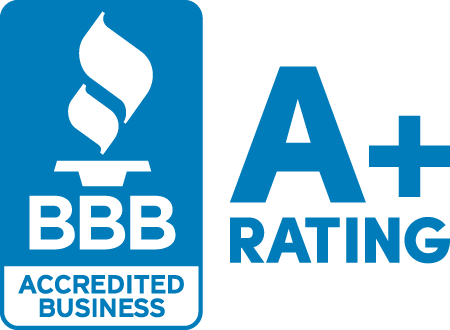Exploring Different Types of Roofing Shingles: A Comprehensive Guide
When it comes to choosing the right roofing material for your home, shingles are a popular and versatile option. They provide protection, durability, and aesthetic appeal to your roof. In this comprehensive guide, we will explore different types of roofing shingles available in the market, their unique characteristics, and the factors to consider when selecting the best option for your home.
Understanding Roofing Shingles
Roofing shingles are individual overlapping elements that cover the roof to protect it from various weather conditions. They play a crucial role in shedding water and protecting the underlying structure. It’s important to select the right shingle material based on factors such as climate, durability, aesthetics, and budget.
Asphalt Shingles
Asphalt shingles are the most commonly used roofing material due to their affordability and versatility. They are made of fiberglass or organic mat coated with asphalt and mineral granules. Asphalt shingles are available in a variety of colors, styles, and thicknesses. They are lightweight, easy to install, and offer good fire resistance. However, they may have a shorter lifespan compared to other materials.


Wood Shingles and Shakes
Wood shingles and shakes are crafted from cedar, redwood, or other types of durable wood. Shingles are machine-cut, while shakes are hand-split, resulting in a more rustic appearance. Wood shingles and shakes offer natural beauty, excellent insulation, and longevity when properly maintained. However, they require regular maintenance, are more expensive than asphalt shingles, and may be prone to fire in certain areas.
Metal Roofing Shingles
Metal shingles are becoming increasingly popular for their durability, energy efficiency, and low maintenance. They are available in various metals such as aluminum, steel, zinc, or copper. Metal shingles offer excellent protection against harsh weather conditions, are lightweight, and have a long lifespan. They are available in a wide range of styles, including those that resemble traditional roofing materials like wood or slate.


Slate Shingles
Slate shingles are natural stone tiles that provide an elegant and timeless appearance. They are exceptionally durable, fire-resistant, and can last for more than a century. Slate shingles offer excellent protection against the elements and are available in a variety of colors and textures. However, they are heavy, expensive, and require specialized installation due to their fragility.
Clay and Concrete Tiles
Clay and concrete tiles are popular in Mediterranean and Spanish architectural styles. They provide a distinct and charming look to a roof. Clay tiles are made from natural clay, while concrete tiles are a mixture of cement, sand, and water. Both offer exceptional durability, fire resistance, and energy efficiency. However, they are heavy and require a strong roof structure for support.


Synthetic Shingles
Synthetic shingles are engineered to mimic the appearance of natural materials like wood, slate, or tile. They are made from a combination of plastic polymers, rubber, and recycled materials. Synthetic shingles are lightweight, affordable, and offer good durability and resistance to weather conditions. They are available in various colors and styles, making them a versatile choice.
Composite Shingles
Composite shingles are a blend of different materials, typically asphalt and other synthetic elements. They combine the benefits of multiple materials, offering improved durability, fire resistance, and weather resistance. Composite shingles are available in various styles, textures, and colors, providing a cost-effective alternative to natural materials.

Selecting the Right Shingle Material
To choose the right shingle material for your roof, consider factors such as climate, architectural style, budget, and personal preferences. Evaluate the durability, maintenance requirements, and energy efficiency of each material. Consult with roofing professionals to assess the suitability of different shingle types for your specific needs.
Installation and Maintenance Tips
Proper installation is essential for the longevity and performance of roofing shingles. It is recommended to hire a professional roofing contractor with experience in installing the chosen shingle material. Regular maintenance, such as clearing debris and inspecting for damage, will help prolong the lifespan of the roof.
Environmental Impact and Energy Efficiency
Consider the environmental impact and energy efficiency of different shingle materials. Some options, such as metal or reflective asphalt shingles, offer improved energy efficiency by reflecting heat and reducing cooling costs. Look for sustainable and eco-friendly options if environmental considerations are important to you.
Contact Us Today!
Selecting the right roofing shingles involves considering various factors such as durability, aesthetics, climate, and budget. Each shingle material offers unique characteristics and benefits. Asphalt shingles are affordable and versatile, while wood, metal, slate, clay, synthetic, and composite shingles provide different looks and advantages. By understanding the characteristics and suitability of each type, you can make an informed decision that enhances the protection and appearance of your home. Remember to consult with roofing professionals to ensure proper installation and maintenance of your chosen shingle material.
Tags:



